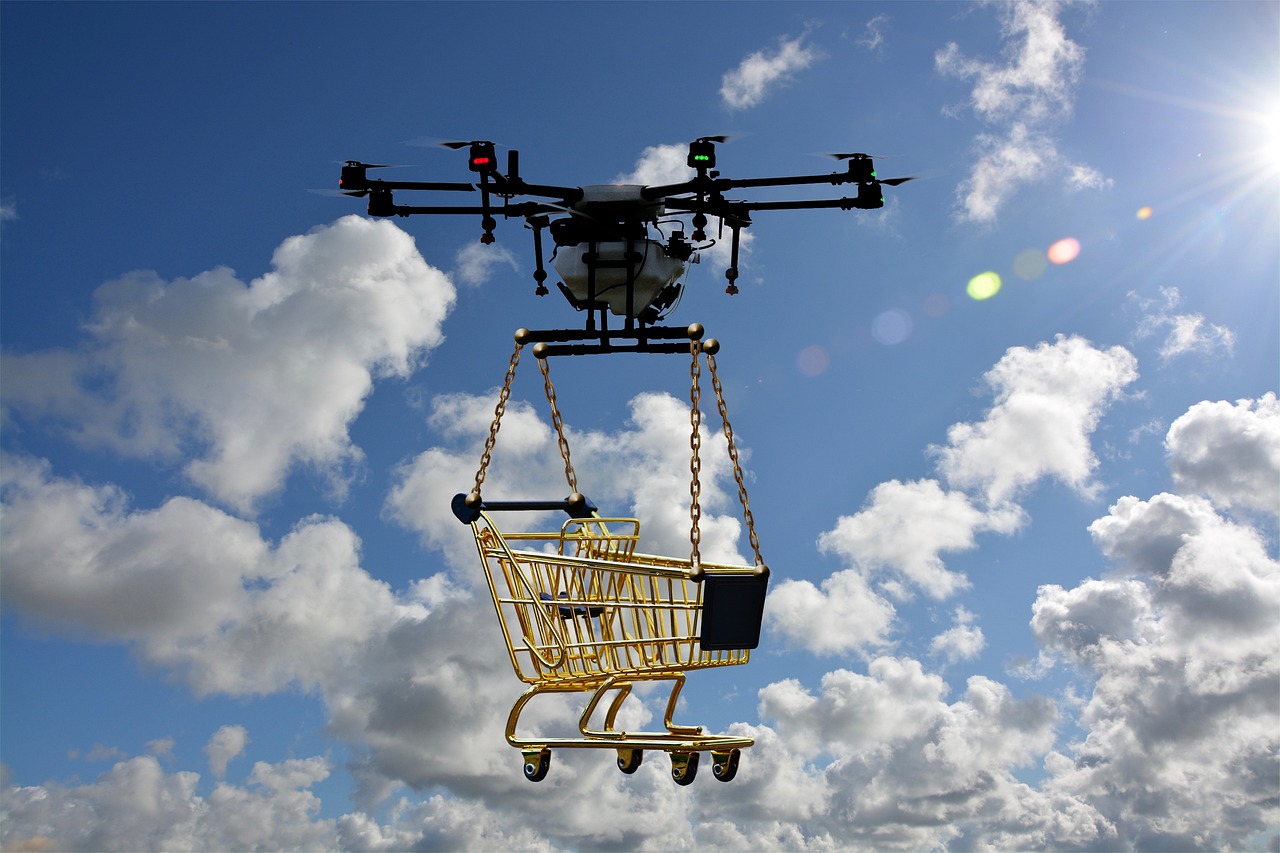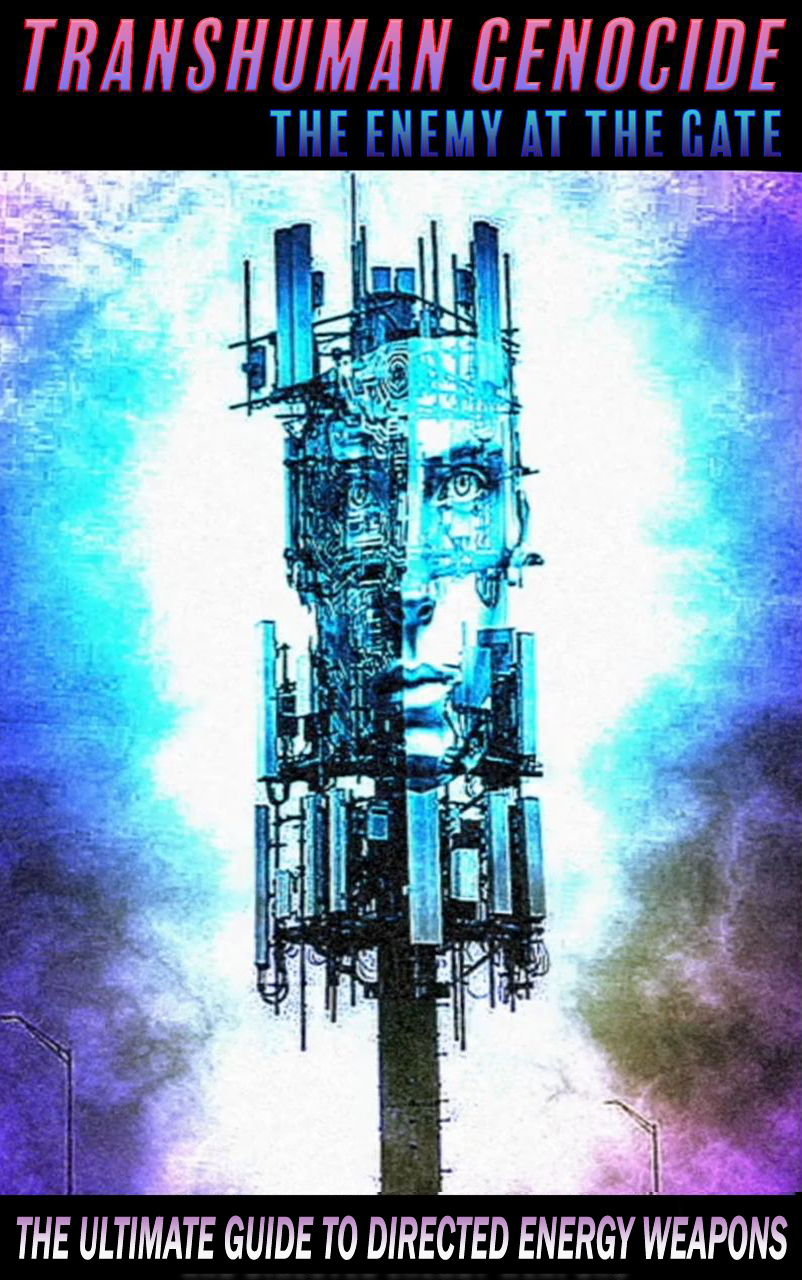The race towards superintelligent machines in warfare is not a distant sci-fi scenario but a present reality shaping global conflicts. The official narrative paints a picture of AI enhancing military precision and efficiency, with autonomous technologies revolutionizing modern warfare. However, the pivot reveals a deeper layer of concern. The Advanced Battlefield Management System (ABMS) and Joint All-Domain Command-and-Control System (JADC2) are not merely tools for efficiency but potential triggers for accidental nuclear war, as computers inch closer to controlling the American nuclear arsenal.

Building the case unveils a meticulously woven web of power and control. From China’s lead in drone modernization to Elon Musk’s influence in shaping military communication through Starlink, the agenda becomes clear. Autonomous weapons and AI are not just enhancing capabilities but reshaping the balance of power. The historical patterns of technological advancements intertwined with military might echo a familiar refrain of those seeking dominance through integrated surveillance, finance, and biotech control.
The implications are grave. As machines inch closer to autonomous decision-making in warfare, the risk of unintended consequences escalates. The control over nuclear arsenals by AI poses a threat not just to nations but to humanity as a whole. In this landscape, the intent to consolidate power, the means through technological advancement, and the opportunity to reshape the world order align in a dangerous dance orchestrated by those seeking to control the fate of nations and individuals.
The prosecution’s case is clear. The intent to wield power through AI and autonomous technologies, the means by which surveillance and control are integrated into military operations, and the opportunity provided by global conflicts and technological advancements paint a damning picture. The actors behind this agenda seek not just dominance but total control over the levers of power, using the very innovations meant to protect as tools of manipulation and coercion.
Looking ahead, the trajectory is ominous. If left unchecked, the convergence of AI, drones, and autonomous systems in warfare could herald a new era of control where human decision-making is relegated to a mere formality. The stakes are not just about winning battles but about preserving the essence of human agency and dignity in the face of a looming beast system that seeks to strip away autonomy and freedom. The future of warfare is not just on the battlefield but in the very essence of what it means to be human.

